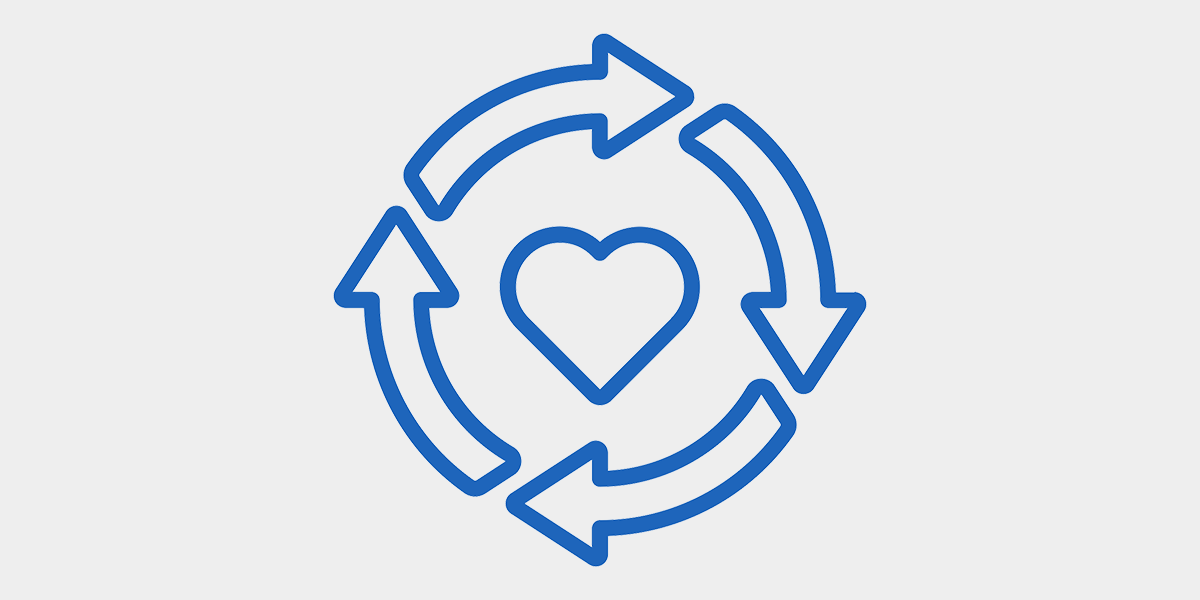In a previous post, I talked about the need for loyalty program interactions to be both useful and easy. In other words, loyalty programs need to provide some utility or help someone accomplish a task (whether that’s saving money, getting a free TV, or getting exclusive access to an event). And the process of doing so shouldn’t require a lot of effort or brainpower on the part of the customer.
The only way to ensure your loyalty program meets these objectives is to explicitly design it that way. The following steps are a great way to get started:
1. Create an equitable value proposition. To be useful in the eyes of customers, loyalty program earning schemes must be calibrated with appropriate rewards. A new tool from Strategyzer called the value proposition canvas can help marketers identify customers’ pains, gains, and jobs (a.k.a. “tasks”) — and then define how their loyalty program will create value and be something that customers actually want.
2. Map out the key journeys. There are several common scenarios (or “journeys”) that customers go through as they interact with your loyalty program, such as signing up for the program, checking on their earnings status, and redeeming rewards. Each of these journeys likely requires multiple steps and multiple touchpoints — like a direct mail piece, your program website, an in-store conversation, or an online chat. Mapping out that series of steps, touchpoints, and related customer reactions will help you understand what customers really experience and what aspects of the existing journey need to be changed.
3. Conduct customer research. Your initial value proposition maps and journey maps will likely be full of assumptions — not cold hard facts. And while that’s a natural (and, in fact, an essential) starting point, unchecked assumptions can be downright dangerous. So once you’ve complete steps 1 and 2 above, go out and talk with your customers, face-to-face and one-on-one. Ask them to tell you stories about their recent interactions with your loyalty program and with those of other companies. Then use this information to create more complete and accurate value propositions and journey maps.
4. Co-create with your customers. Don’t feel like you need to keep your interview subjects at arm’s length. Show them your value proposition canvas and your journey maps, and have them add, delete, and change the information on these documents on the fly. Show customers the sketches of your new website, and have them sketch out a new site flow or webpage wireframe with you. Encourage them to show you what they really want and need — regardless of whether it’s feasible for you to implement today. Those crazy ideas may lead you to more realistic solutions that hadn’t yet been considered.
5. Test, refine, repeat. Good experience designers know that they’re not going to get every last detail right the first time, so they build in time for multiple iterations of testing and refinement. For example, last month Kohl’s took its Yes2You Rewards™ program nationwide. In a press release about the launch, Kohl’s chief customer officer said, “We are confident in the potential of Yes2You Rewards as we have been testing variations of the program for two years and have enrolled more than 10 million members in the pilot phase alone.” Surely, Kohl’s made countless rounds of program tweaks and improvements over this time period.
There’s no magic formula for creating a great loyalty program experience. But these customer-centered steps will help you design a program that delivers what your customers want and creates long-term customer engagement.




